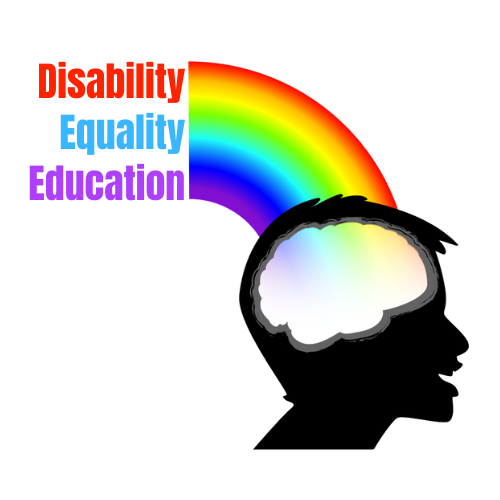Guidance on Teaching Disability Advancements Without Erasing Ongoing Advocacy and Action
Disability history is often taught through big moments: a protest, a policy, a law. While these victories deserve recognition and celebration, presenting them as a “finished story” risks suggesting that disability oppression was a problem in the past, solved by a single event, and no longer an issue. In reality, many laws left people out, enforcement often requires burdensome lawsuits by disabled people themselves, and oppression continues to reappear in new forms. Rights are only meaningful when enforced, expanded, and reimagined to meet evolving needs.
Example: Deinstitutionalization
In the mid-20th century, widespread institutionalization of disabled people in the U.S. began to decrease with the 1963 Community Mental Health Act, Medicaid expansion, and later the Americans with Disabilities Act (ADA). This was a major advancement.
However, this report from 2024 states that 16,000 people with intellectual disabilities are still institutionalized and that barely scratches the surface of those we know are still institutionalized. The carceral system continues to disproportionately incarcerate disabled individuals as a form of institutionalization and social exclusion. (See link #1 and link #2). While it is important to recognize the accomplishments of disabled activists, there is a lot of work that needs to be done today to address ableism and protect and advance the rights that have already been legislated.
This illustrates the pattern: celebrate hard-won progress, but also teach what remains unfinished and who is still left out.
Tips for Teaching Advancements Without “End of the Story” Framing
1. Pair every advancement with what’s unfinished.
When you present a law, policy, or milestone, explicitly ask: Who benefited most? Who was left out? What’s left to do?
Example: The ADA dramatically increased access to buildings, but enforcement is uneven, and many spaces remain inaccessible.
2. Show rights as living, not fixed.
Rights are not one-time wins, but frameworks that need to be interpreted, protected, expanded, and sometimes fought for again (and again).
Example: IDEA (Individuals with Disabilities Education Act) gave disabled students a right to education, but underfunding and unequal implementation still exclude many.
3. Center disabled voices in both past and present.
Include writings, oral histories, and current activism by disabled people alongside legislation.
Example: Teach Justin Dart’s ADA testimony with current social media campaigns about accessibility. This connects continuity of disabled self-advocacy.
4. Teach “backlash” as part of the cycle.
Many advancements are followed by resistance or retrenchment. Naming this helps students see why activism continues.
Example: After the ADA was passed, lawsuits were filed to narrow its scope, and the Supreme Court limited who was considered disabled. This backlash weakened protections until Congress passed the ADA Amendments Act in 2008 to restore them.
5. Use “Then / Now / Next” framing.
Then: A major milestone (e.g., curb cuts or accessible public transport).
Now: Current gaps (e.g., snow removal blocking curb cuts and inaccessibility of cabs and ride shares).
Next: Ongoing demands and activism (e.g., training for snow removal teams, campaigns for more accessible taxis and rideshares and work to continue improviing accessibility of public transportation, especially the stations). This keeps students from seeing history as finished.
6. Highlight intersectionality and gaps in inclusion.
Many early wins addressed only part of the community, leaving out the needs of people facing multiple forms of marginalization. Highlight ongoing efforts led by multiply marginalized groups.
Example: The ADA did not fully protect psychiatric survivors, neurodivergent people, and people of color who are disabled from institutionalization and criminalization.
7. Normalize activism as continuous civic engagement.
Compare disability rights struggles to other rights movements, emphasizing how no rights are “finished” but require ongoing defense and adaptation.
8. Use contemporary case studies alongside history.
Pair the history of Section 504 sit-ins with current fights over Medicaid HCBS (home- and community-based services).
Ask: What parallels do you notice? What has changed in strategies, and what has stayed the same?
9. Encourage “critical celebration.”
Celebrate victories while keeping complexity. Frame milestones as stepping stones rather than the conclusion of a fight.
Ongoing Process
Progress toward equity for disabled people is not a straight line with a final destination. It is an ongoing, evolving process that must be revisited as barriers and needs change across different communities. Where rights-based approaches often emphasize laws and policies, a social model perspective emphasizes collective responsibility: creating environments, changing attitudes and developing practices that remove barriers, honor differences, and ensure spaces are welcoming and accessible for everyone.
